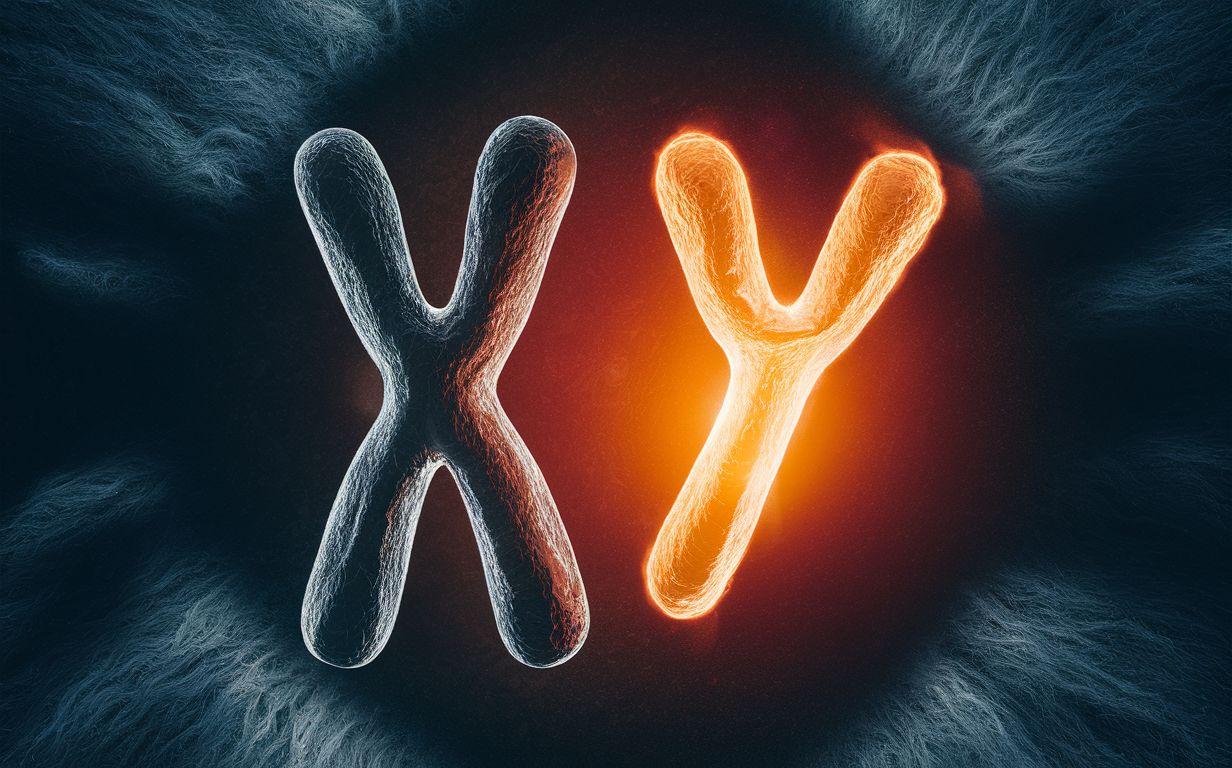Follow us on Google News (click on ☆)

Humans and chimpanzees share about 98% of their overall DNA, but only between 14% and 27% of Y chromosome sequences are common. This surprising divergence, given the 7 million years since their separation, prompts researchers to investigate.
This rapid evolution could be explained by the presence of a single copy of the Y chromosome in males, unlike the two copies of the X chromosome in females. The Y chromosome, essential for sperm production, is thus more vulnerable to mutations without any possibility of compensation.
Mutations on the Y chromosome are frequent due to the intensive DNA replication required for the production of numerous sperm. Each replication is an opportunity for errors to slip in, thereby accelerating the evolution of this chromosome.
Using "telomere-to-telomere" (T2T) sequencing, researchers compared the sex chromosomes of six primate species. This method allows precise sequencing of repetitive elements in chromosomes, including the telomeric "caps."
The results show rapid evolution of the Y chromosome across all studied species. For example, chimpanzees and bonobos, which diverged 1 to 2 million years ago, exhibit significant differences in the length of their Y chromosomes.
The study also reveals that the X chromosome remains highly conserved among primates, which is expected given its crucial role in reproduction. However, the high mutation rate of the Y chromosome is offset by repetitive genetic sequences, thus protecting essential genes.
Despite its revelations, the study has limitations, particularly examining only one representative per species, without being able to measure Y chromosome variation within a single species.